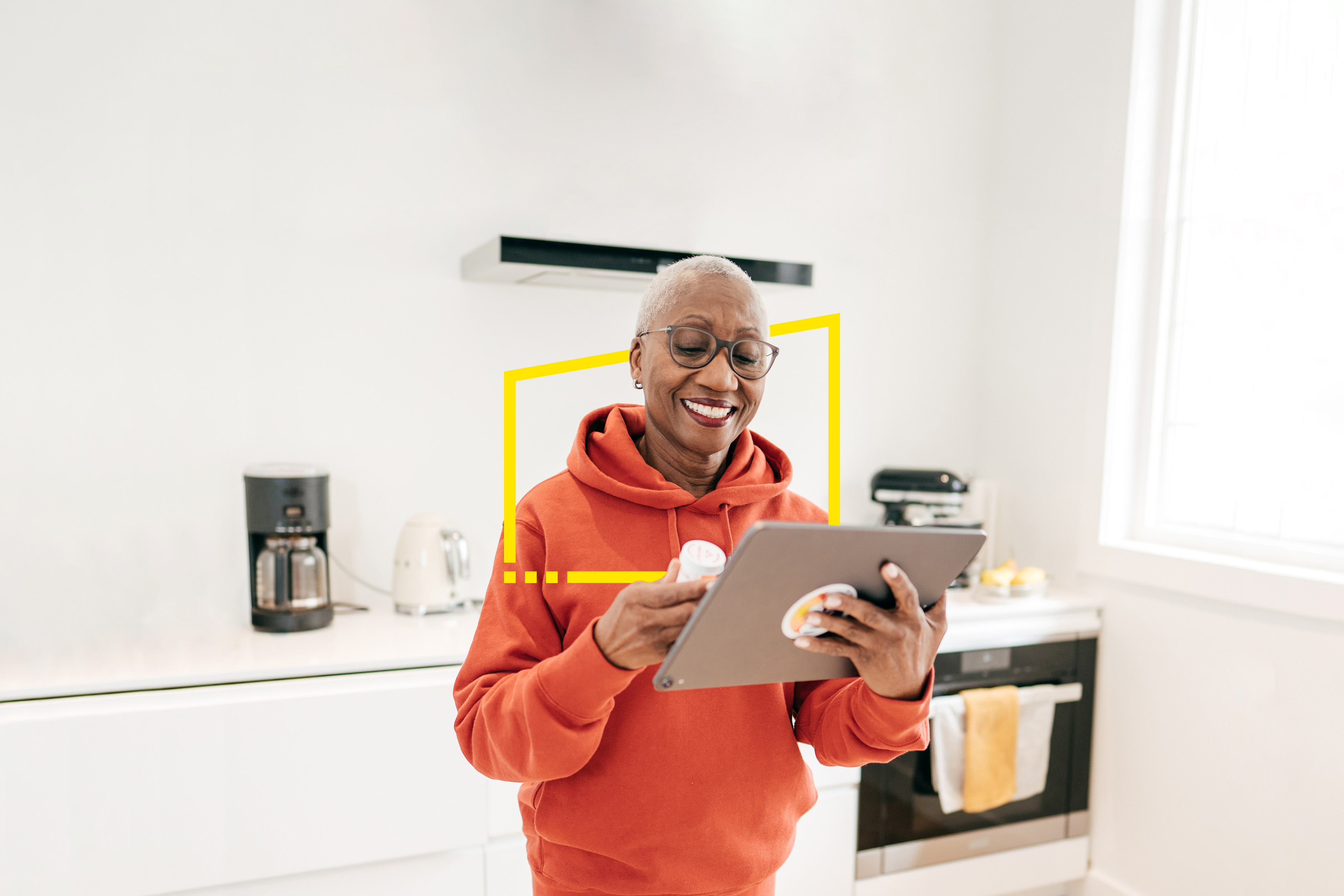EY refers to the global organization, and may refer to one or more, of the member firms of Ernst & Young Global Limited, each of which is a separate legal entity. Ernst & Young Global Limited, a UK company limited by guarantee, does not provide services to clients.
How EY can help
-
Our Smart Health solutions can help your business become a smart health organization. Learn more.
Read more
Digital patient twin and enhanced health outcomes
Beyond current patient care, the integration of data from various health, lifestyle (such as wearables) and even social fronts has the potential for health authorities and policymakers to develop digital patient twins. With this digital twin, health authorities and policymakers can map health care situations against social determinants, such as residential regions or postal codes, transportation networks, education levels, social statuses and availability of food and resources, to gain better insights for population health planning and management.
For example, with the integrated data, authorities may be able to identify that chronic diabetes is not well managed in a particular residential district vis-à-vis others, and determine if more resources, education or facilities are needed to improve disease management in the region. Governments and health care authorities in countries like the UK are already exploring this. Importantly, as the various data points needed to compile the digital patient twin reside in different government agencies, strict policies to safeguard privacy need to be in place during data transfer.
Currently, health care authorities in Thailand and Indonesia are using telehealth to monitor COVID-19 patients in home isolation. Even when the pandemic eases, telehealth is expected to stay — although utilization will shift toward a hybrid model of care.
For chronic disease management in particular, health care providers will be able to continue providing in-person consultations but follow up with more regular monitoring via telehealth. For mental wellness management, where patients may be reluctant to seek treatment due to stigma or lack of access, telehealth can make consultation and treatment easier for them.




